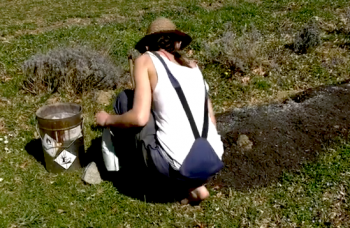Measuring circularity

A webinar organised by HOUSEFUL partner Housing Europe shed light on the many different available approaches to assess the circularity level of buildings and lead to a more sustainable housing sector
Sure, circular buildings are great. But making them happen is no easy task and today, different frameworks, assessment tools, certification schemes and indicators are being used in the housing to measure, monitor and manage a more efficient use of scarce resources. Housing providers are also looking for synergies to increase circularity levels in combination with affordability, durability, safety, health and comfort in the residential environment. And these were the key points of “Indicators for Circular Economy and some of the methodologies evaluating circularity”, the webinar organised by the HOUSEFUL partner Housing Europe and its Collaborative Community of Housing Experts on the 23rd of April 2020 (check out the event programme and recording).
The webinar explored the tools and initiatives used to develop circular indicators and methodologies and help housing actors achieve their ambitious goals. 52 persons registered to the event, including a number of HOUSEFUL partner organisations, social housing providers and members of the construction industry. In particular, Daniel Checa from the HOUSEFUL coordinating team at LEITAT gave an introduction of HOUSEFUL, whereas Arnau Gonzalez from AIGUASOL presented the circular indicators and methodology adopted in HOUSEFUL.
“This event brought together various strands of research and activity in the area of the measurement of circularity in the built environment” said Dara Turnbull, research coordinator at Housing Europe. “It helped to provide a sense to attendees of just how many factors must be considered when measuring circularity, as well as the broad spectrum of methodologies being used to consider and implement circular building practices. Attendees will hopefully have come away from the event with a better sense of the scale of the issue, but also with a feeling of optimism that we are making tangible progress.”
The webinar highlighted the fact that measuring circularity is now a task involving many stakeholders from all over Europe. While, generally speaking, the researchers involved in this invaluable work have the common purpose of improving knowledge and the capacity to tackle climate change and deliver greater sustainability, particularly in the built environment, a common ‘language’ and a way of discussing such issues is still lacking. Thus, improving our measurement of circularity must go hand in hand with refining our thinking on circularity. In that regard, initiatives such as Level(s) are crucial.
Photo by sergio souza on Unsplash



